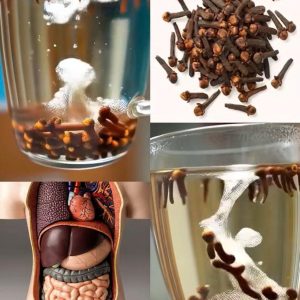
The color of your stool reflects the complex interactions of diet, digestion, bile production, and overall gut function. While many changes are harmless, some can be early warnings of more serious issues. That’s why healthcare providers often ask about bowel movements: they can reveal imbalances you might otherwise ignore.
The Normal and the Not-So-Normal
- Brown is considered the healthy standard, produced by bile breaking down food in the digestive tract.
- Green, yellow, black, or red stools can sometimes result from diet, but persistent changes may point to infection, nutrient absorption problems, or bleeding.
Below, we break down common stool colors, what they may indicate, and when to seek medical guidance.
Decoding Stool Colors

1. Green Stool
-
Possible causes: Leafy greens, food coloring, or food moving too quickly through the intestines.
-
When to act: If persistent, it could indicate stress-related digestion issues or mild infection.
2. Yellow Stool
- Possible causes: Excess fat in the stool due to poor bile production or malabsorption.
- When to act: If stools are greasy, foul-smelling, and persistent, this may suggest gallbladder or pancreatic problems—consult a physician.
3. Black Stool
- Possible causes: Iron supplements, certain foods (like licorice), or bleeding in the upper digestive tract.
- When to act: If not explained by diet or supplements, black, tar-like stool requires urgent medical evaluation.
4. Red Stool
- Possible causes: Foods like beets or red dye, or bleeding in the lower digestive tract.
- When to act: If the source isn’t dietary, red stool could indicate hemorrhoids, polyps, or other conditions. A medical exam is recommended.
5. Pale or Clay-Colored Stool
- Possible causes: Low bile output, liver or gallbladder dysfunction, or certain medications.
- When to act: This should not be ignored—seek medical advice promptly.
6. Brown Stool
-
Why it’s normal: Brown is the result of bile interacting with gut bacteria. Variations can occur depending on hydration, diet, and fiber intake.
7. White Specks
- Possible causes: Undigested food, medication residue, or, rarely, parasites.
- When to act: If recurring, consult a doctor to rule out infection.
8. Mucus in Stool
- Possible causes: Small amounts are normal, but excess mucus may signal infection, inflammation, or irritable bowel syndrome.
- When to act: Persistent mucus should be discussed with a healthcare provider.
9. Consistency Matters
- Normal: Soft, formed stools.
- Warning signs: Hard, pellet-like stools suggest constipation; watery stools indicate diarrhea or malabsorption.
Taking Action: Practical Steps
- Hydration: Aim for at least 8 glasses of water daily.
- Diet: Increase fruits, vegetables, and whole grains for fiber.
- Track patterns: Keep a short journal of stool color, consistency, and diet to identify patterns.
- Medical guidance: If you notice persistent changes, consult a healthcare professional.
Quick Reference: Stool Color and Actions

| Color/Pattern | Possible Cause | Action to Consider |
|---|---|---|
| Green | Leafy greens, rapid digestion | Track diet, reduce stress |
| Yellow | Fat malabsorption, gallbladder | Adjust diet, see a doctor |
| Black | Iron, foods, or bleeding | Seek medical advice urgently |
| Red | Food dyes, bleeding | Rule out diet, see a doctor |
| Pale/Clay | Low bile, liver issues | Seek immediate evaluation |
| Mucus | Irritation, infection | Probiotics, consult doctor |
Conclusion
Your stool is a window into your digestive health. While many changes are harmless, persistent or unexplained shifts in color or consistency should not be ignored. By paying attention to these signals, making dietary adjustments, and consulting a healthcare professional when necessary, you can use this simple daily observation as a tool for better health.
Disclaimer: This article is for informational purposes only and is not a substitute for professional medical advice. Always consult a qualified healthcare provider for concerns about your digestive health.




